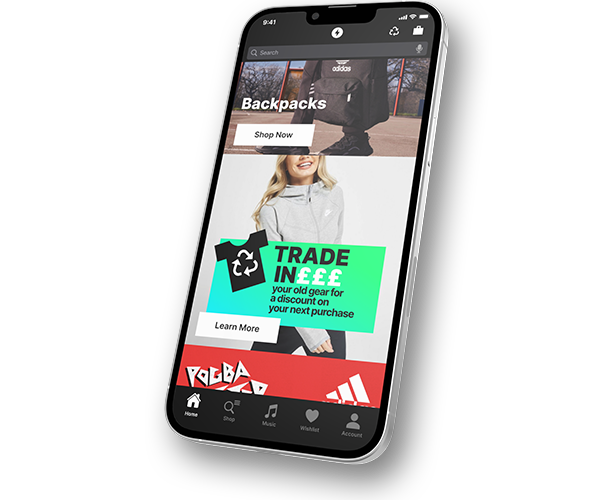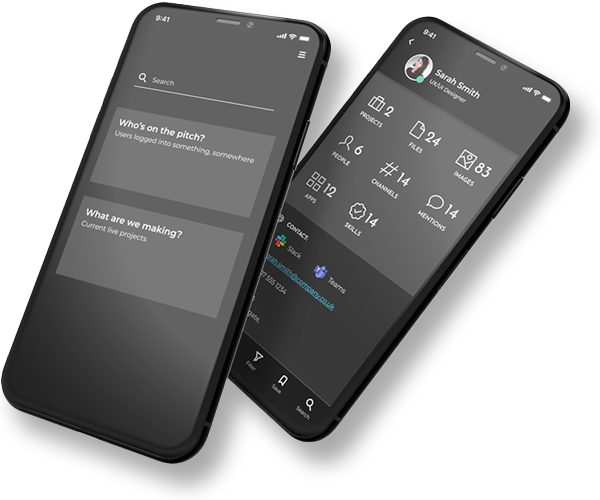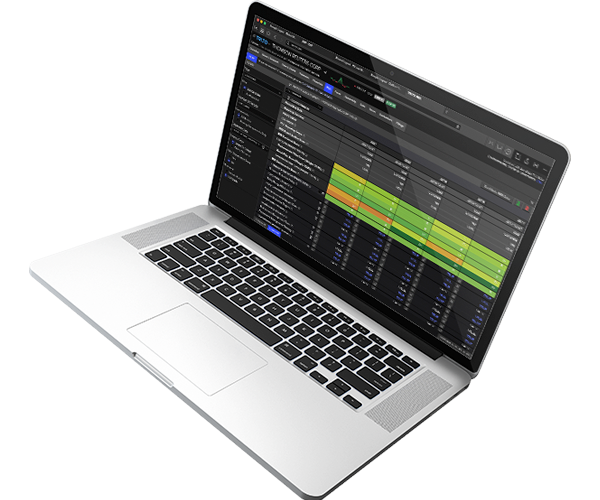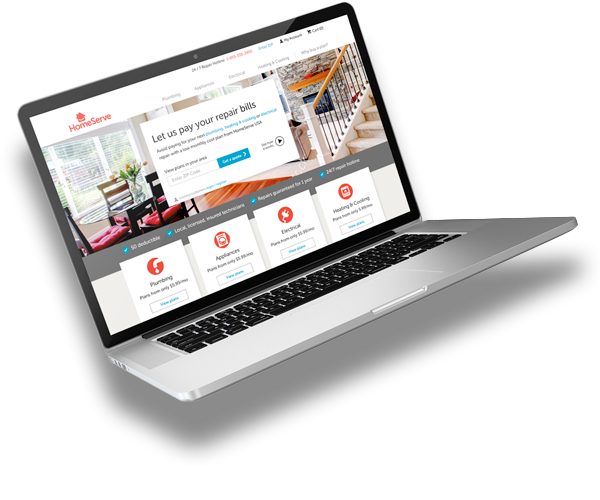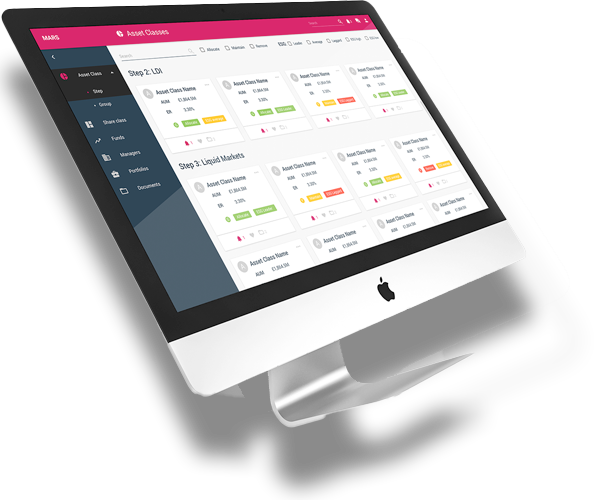Flagship Financial Insights and Analytics Platform
A mature app ecosystem serving 190,000+ users

LSEG owns and operates the London Stock Exchange
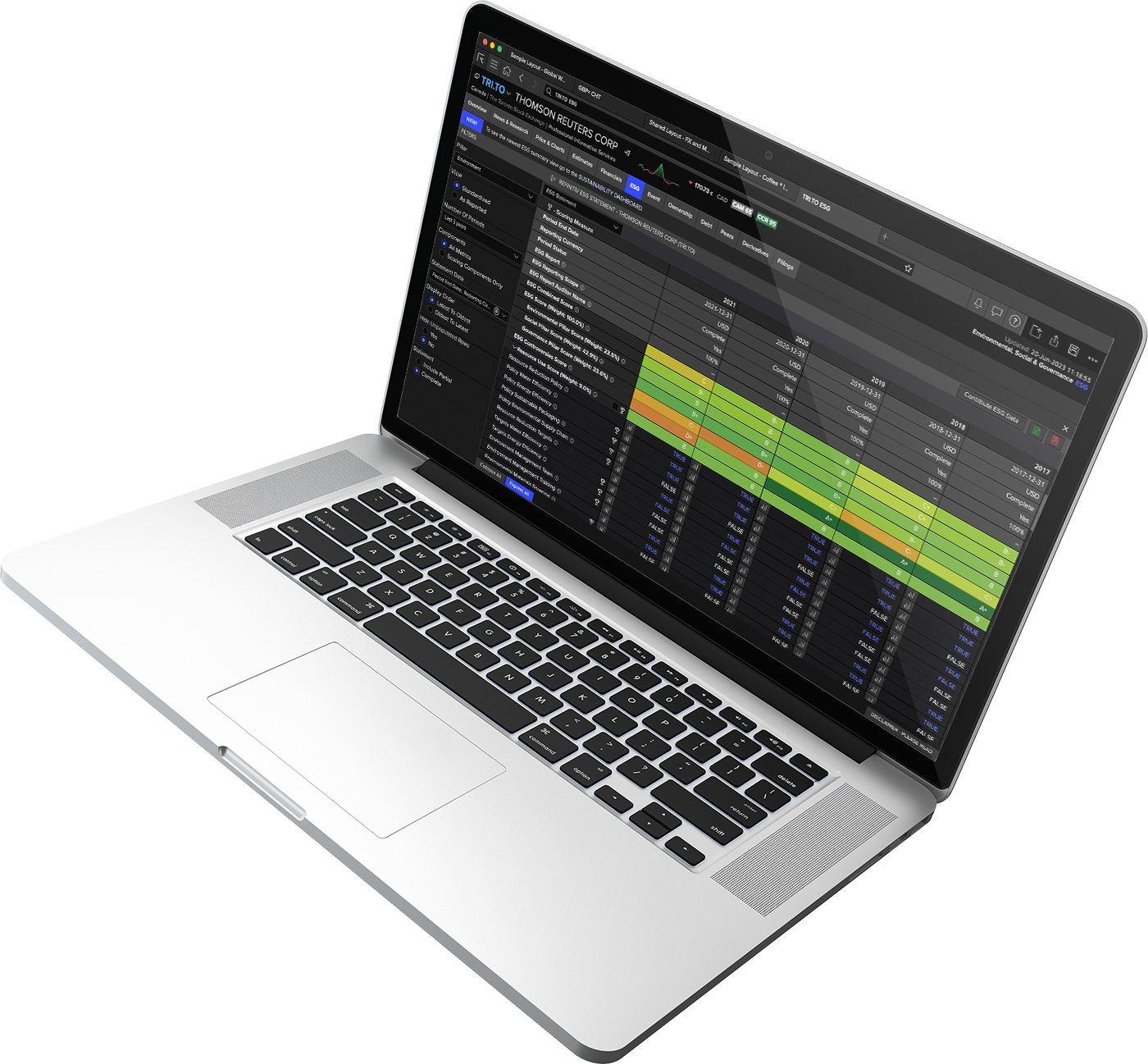
My Role
UI Design / UX Design
The Team
Senior Product Owner, Wealth / Senior Product Manager
Business Analyst / Front End Developers

This project is under NDA
For contractual reasons, I can’t share the detail of my specific contributions or the precise nature of the projects I worked on over 22 months at LSEG.
I can, however, give a little public domain background on the product and how I worked (along with some generic visual fluff to pad out the page!)
Product Overview
Refinitiv Workspace is a financial analysis tool designed by Refinitiv, part of the London Stock Exchange Group, a global provider of financial market data and infrastructure. It’s essentially an app platform that offers customisable and flexible access to real-time financial data, news and analytics.
The platform is used by 190,000+ finance professionals, like analysts, traders, and investment managers, to gain insights and make informed decisions.
Users
Wealth Advisors
Investment Bankers
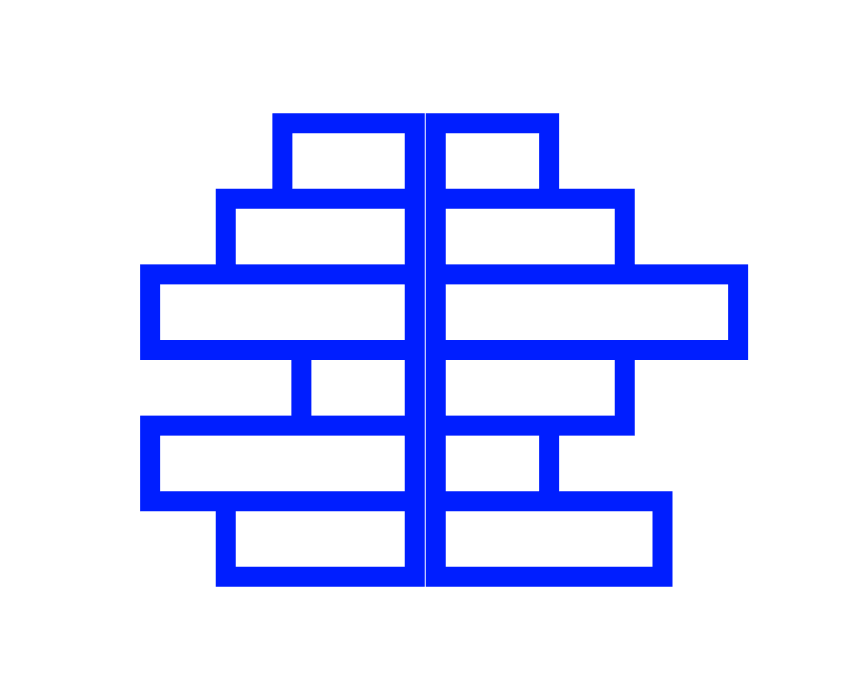
Portfolio Managers
Traders
My Role
I worked on the Platform Capabilities team, which covered the overall framework and it’s core apps.
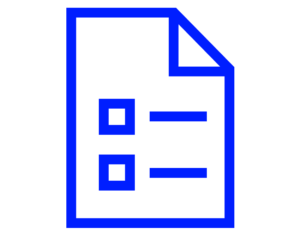
Gathering Requirements
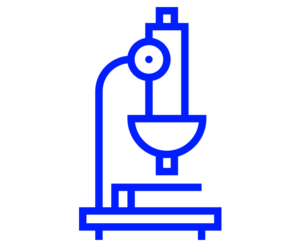
Research
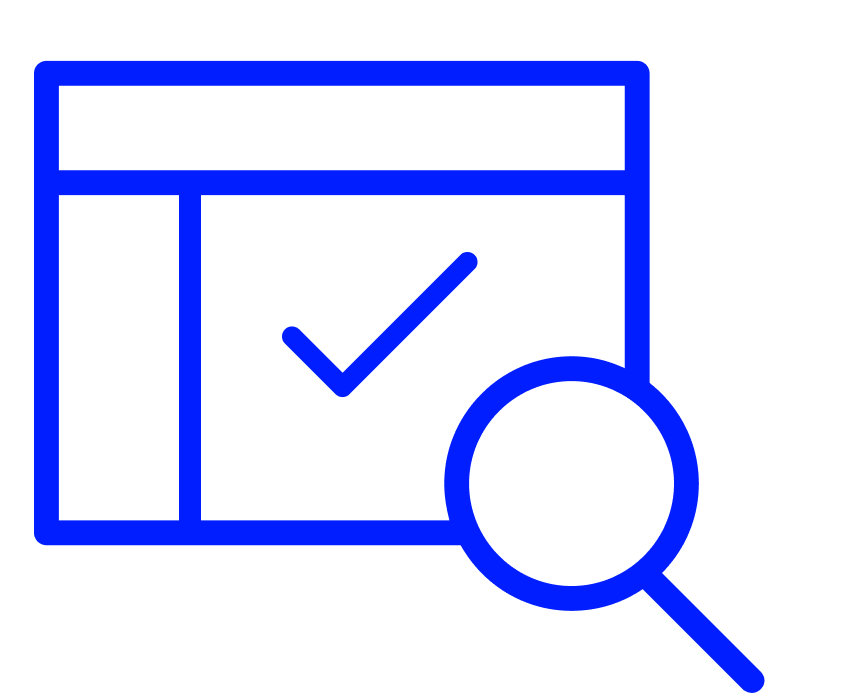
Heuristic Evaluation

Workshop Facilitation
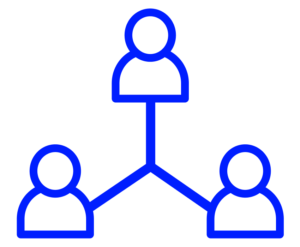
Team Collaboration

Stakeholder Engagement
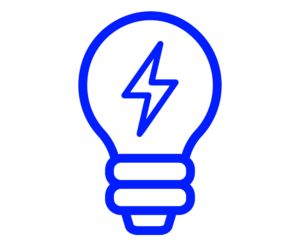
Ideation
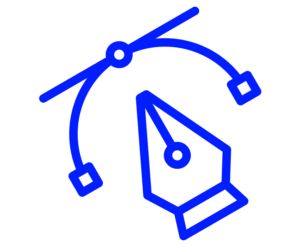
UI Design
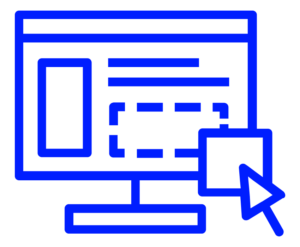
Prototyping
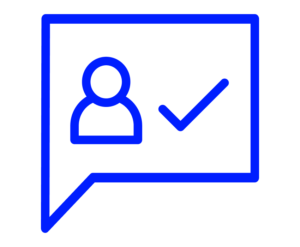
User Testing
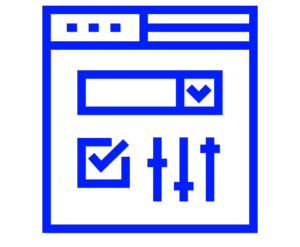
Design System
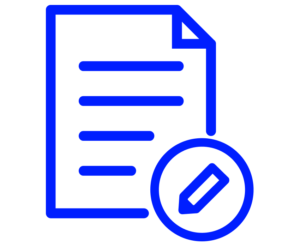
Developer Handover
Process
Working in cross-functional teams in a Scaled Agile framework (SAFe) according to Lean UX principles following an iterative Think, Make, Check cycle.

Think
Research, analysis and workshops, collaboratively working towards a clearly defined and agreed problem statement aligned with achieving user goals, solving pain points and meeting business requirements.
- What do we know?
What do we need to know?
How can we find out?
What obstacles must we overcome?
What are the opportunities?
What was previously successful?
What bombed?
Who is working on similar problems? - Heuristic evaluations
- Understand technical limitations
- Understand the product framework and interaction models
- Absorb the design system and existing patterns
- define problem statements
- prioritise – what will deliver best value to most users with least effort?

Make
Prior to development, iterating with Product Owner, Stakeholders and Developers using no-code tools to create prototypes to test hypotheses.
- Process flows
- High fidelity wireframes
- Interactive prototypes
- Align with design system and interaction models
- Propose new components and design patterns
- Specification documents

Check
Pre-flighting with collaborators, non-invested design peers and stakeholders. Testing hypotheses and gathering quantitative and qualitative feedback from users that need your solution.
- Peer review
- Stakeholder review
- Developer review
- Create testing protocols
- User testing
- Collate feedback
- Present findings
Inevitably there will be crossover between stages in this process, especially when following a collaborative approach.
As quickly as possible, my aim is to get to something that can be tested/debunked/validated by a Product Owner/Developer/User and then iterate and refine.
In early stages that could be as ridiculously simple as showing a Product Owner how another app does something over an MS Teams call (why waste time in Figma building an example of an already universally established and understood design pattern?)
Further down the line I’d expect different versions of a high-fidelity interactive Figma prototype alongside a finely honed test script to gather quantitative and qualitative user feedback.
Ultimately, I want to be as certain as possible that we’re building right thing, for the right people, before heading into costly development and QA.
Testimonial
“I’ve had the pleasure of working with Dexter at LSEG, where his role as a Senior Product Designer has been instrumental in our project successes. Dexter embodies meticulous attention to detail and a warm, collaborative spirit, making him a pivotal member in every endeavor we undertake. His understanding of design and development ensures that our designs are technically sound, enhancing the usability of our products.
Dexter has a knack for simplifying complex processes, ensuring a smooth transition from design to development. His exemplary communication skills make complex design concepts accessible and engaging to team members and stakeholders. His collaborative ethos and approachable demeanor foster a positive work environment, promoting shared success through complex projects. Dexter’s comprehensive skill set, from wireframing and prototyping to UX/User Research and usability testing, contributes to a holistic design approach. I highly recommend Dexter for any endeavor seeking to harness his design expertise, collaborative spirit, and ability to streamline project processes.“
Powering The Circular Economy
Stuffstr
Rapid Interactive Prototyping
Team Machine
Revitalising a Flagship Platform
London Stock Exchange
Transforming Web Presence
Homeserve UK
Greenfield SaaS App Design
Redington
